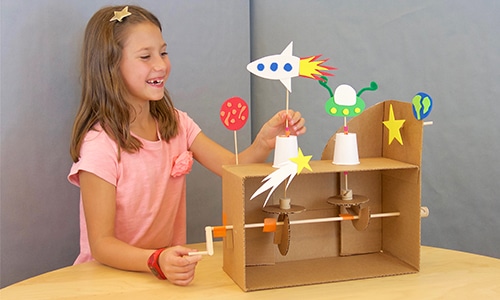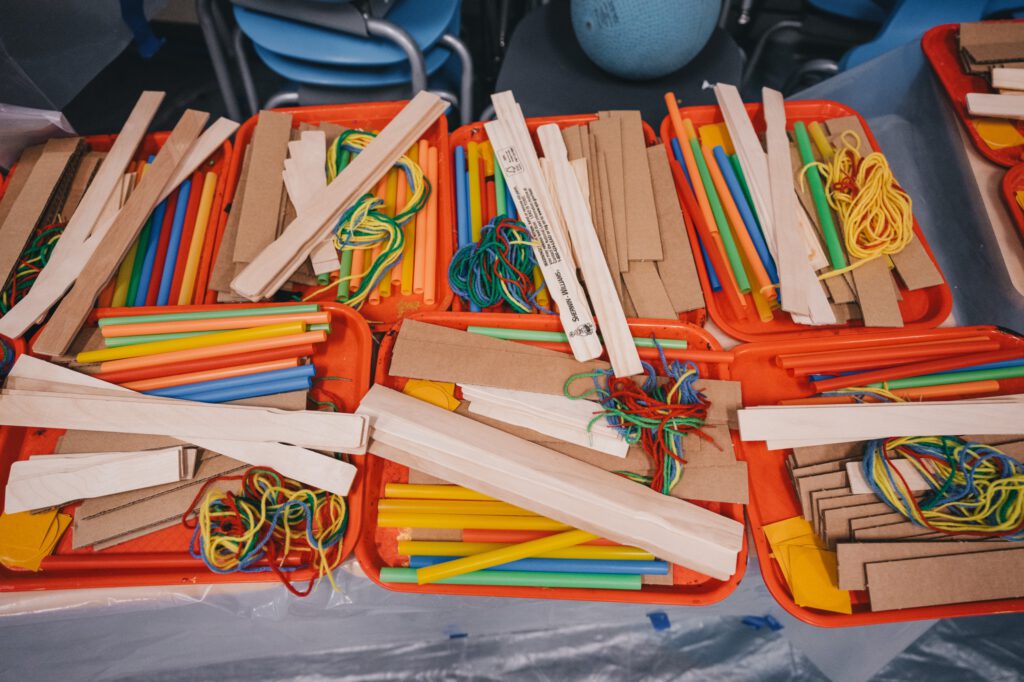Design a Crank and Pulley Powered Machine — DIY for Kids


With school out and long summer days on the horizon, kids have a sizable chunk of…
There’s a certain satisfaction that comes with making something from scratch. Get…
When it comes time to play, don’t let a rainy day dash your plans! There are plen…
Stay in the Galileo loop with camp updates, discounts, resources and more.
Can’t find an answer to your question in our FAQs section? Please fill out the form below or email us directly at [email protected].
Thank you for your interest in partnering with Galileo. We’re excited to collaborate with you to customize an enriching program to meet your expanded learning needs.


